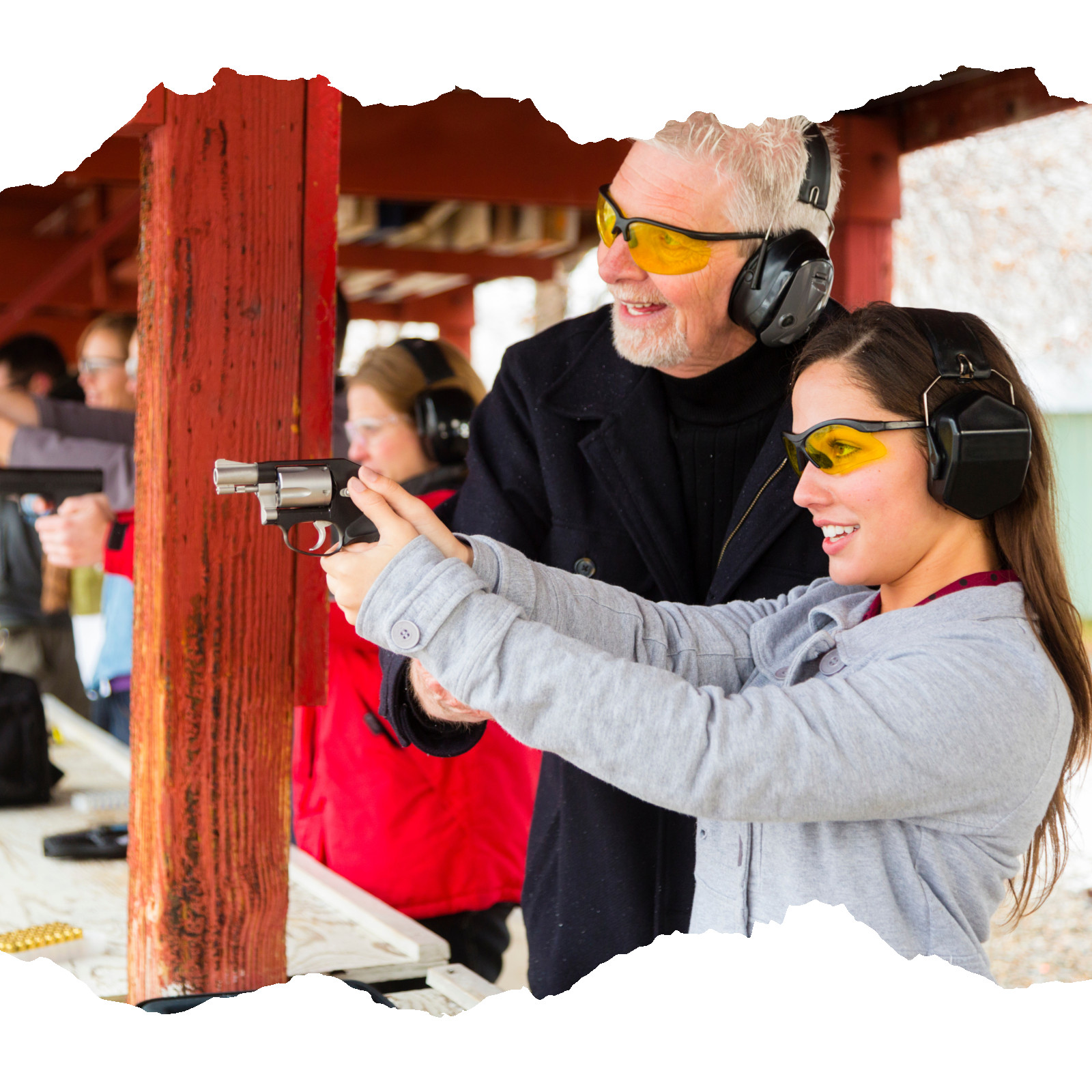
Firearms Safety & Preparedness for Beginners
When it comes to preparedness, having the tools and knowledge to protect yourself and your loved ones is paramount. For many people, firearms play a crucial role in that plan. We believe firearms and preparedness go hand in hand, but we also respect that it’s a personal choice. If you’re just starting out and feel that firearms are an essential part of your prepping kit, we’re here to share the basics to help get you started safely and responsibly.
Preparedness with firearms is about more than just having the tools—it’s about knowledge, respect, and practice. Let’s break it all down.
The 4 Rules of Firearm Safety
No matter your level of experience, firearm safety is non-negotiable. It begins and ends with the 4 Cardinal Rules of Firearm Safety. Mastering these rules ensures you minimize risks and handle your firearm responsibly at all times.
- Treat every gun as if it were loaded.
Always assume there’s a round in the chamber. This mindset prevents careless handling and keeps you naturally cautious. - Keep the muzzle pointed in a safe direction.
Never, ever point your firearm at anything you’re not willing to destroy. This simple rule can protect lives if the worst-case scenario happens. - Be certain of your target—and what’s beyond and around it.
Know exactly where your shot will go and whether it can hurt someone or cause unintended damage. Awareness of your surroundings is key. - Keep your finger off the trigger until you’re ready to fire.
This is rule #1 for preventing accidental discharges. Your “booger picker” doesn’t belong on the trigger until your sights are on target, and you’ve made the decision to shoot!
By committing these rules to heart, you’ll build a foundation for safe firearms handling that becomes second nature over time.
Safe Storage Practices
Proper storage is a must, particularly if you share your home with others or have children around. Keeping your firearms secure doesn’t mean sacrificing accessibility—it just means ensuring they’re stored in a way that prevents unauthorized use.
Here are some safe storage tips to keep in mind:
- Separate Firearms and Ammunition:
Store them in different secured locations unless it’s a firearm designated for immediate self-defense. - Use Gun Safes or Lock Boxes:
There are countless options available, from biometric safes to simple lock-and-key models. These provide secure access for authorized users while keeping firearms out of sight from visitors or curious little hands. - Keep Self-Defense Firearms Accessible to Authorized Users Only:
If you have a self-defense weapon, it should be stored in a manner that prevents anyone but you (or a trained household member) from accessing it. For example, compact safes with quick, coded locks are excellent for bedside storage.
Remember, even if you’re home, your firearm should be within your control at all times—whether it’s holstered on your person, secured, or both. For budget-friendly options, brands like Sentinel offer durable solutions at big box stores.
Practice & Training
Preparedness isn’t just about owning a firearm; it’s about knowing how to use it confidently and safely. Regular practice and training are non-negotiable if you want to be proficient.
Range Considerations
If you live in a rural area, you might have the convenience of practicing on your own property. For urban dwellers, memberships at indoor or outdoor ranges are a smart investment. These spaces provide a safe, controlled environment for honing your skills and practicing regularly.
Discretion is also important—don’t flash your purchases or make a show of transporting firearms and ammunition. If possible, disguise or conceal your gear to avoid attracting unwanted attention, especially in an urban setting.
At-Home Practice
Even if you can’t hit the range often, you can still practice the mechanical fundamentals of shooting at home. Dry fire exercises (with no live ammo present) are an excellent way to build muscle memory for stance, grip, and trigger control. However, be mindful of the 4 Cardinal Rules of Firearm Safety while practicing at home, and never dry fire rimfire firearms, as it may damage them.
The more time you invest in training, the more prepared and confident you’ll be. With firearms, proficiency can make all the difference in a high-pressure situation.
Take Action Toward Preparedness
Integrating firearms into your preparedness plan is more than just buying the hardware—it’s about responsibility, practice, and safety. By following the principles shared here, you’re well on your way to creating a solid foundation for firearm safety and preparedness.
Whether you’re just starting out or brushing up on the basics, staying informed and diligent is key to being prepared. This is just the beginning of your adventure—embrace the learning process and make safety your priority every step of the way.
Have you taken steps to prepare with firearms? What’s been the most helpful tip you’ve learned along the way? Share your thoughts or questions in the comments below, and remember to always stay smart and safe!


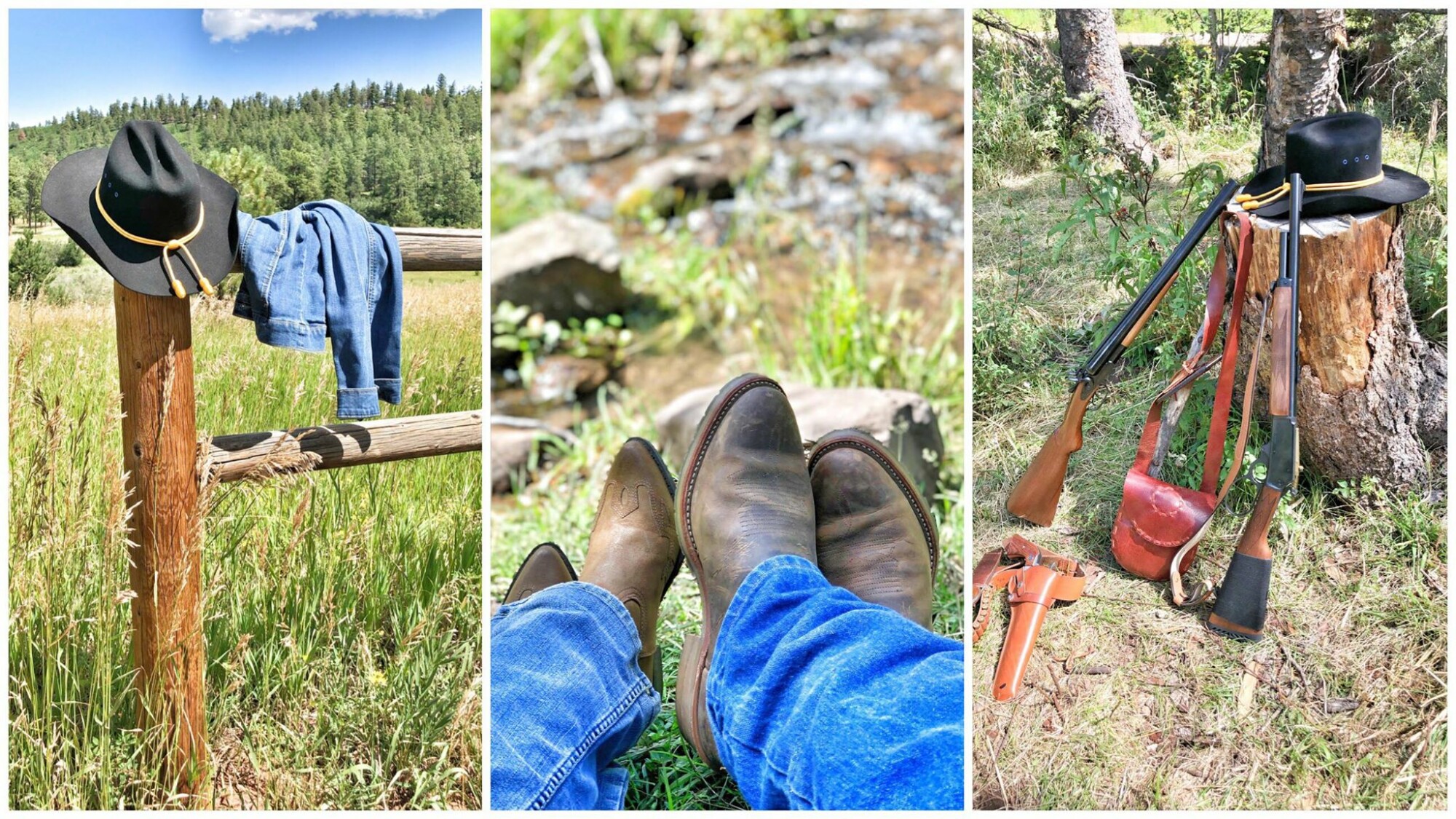


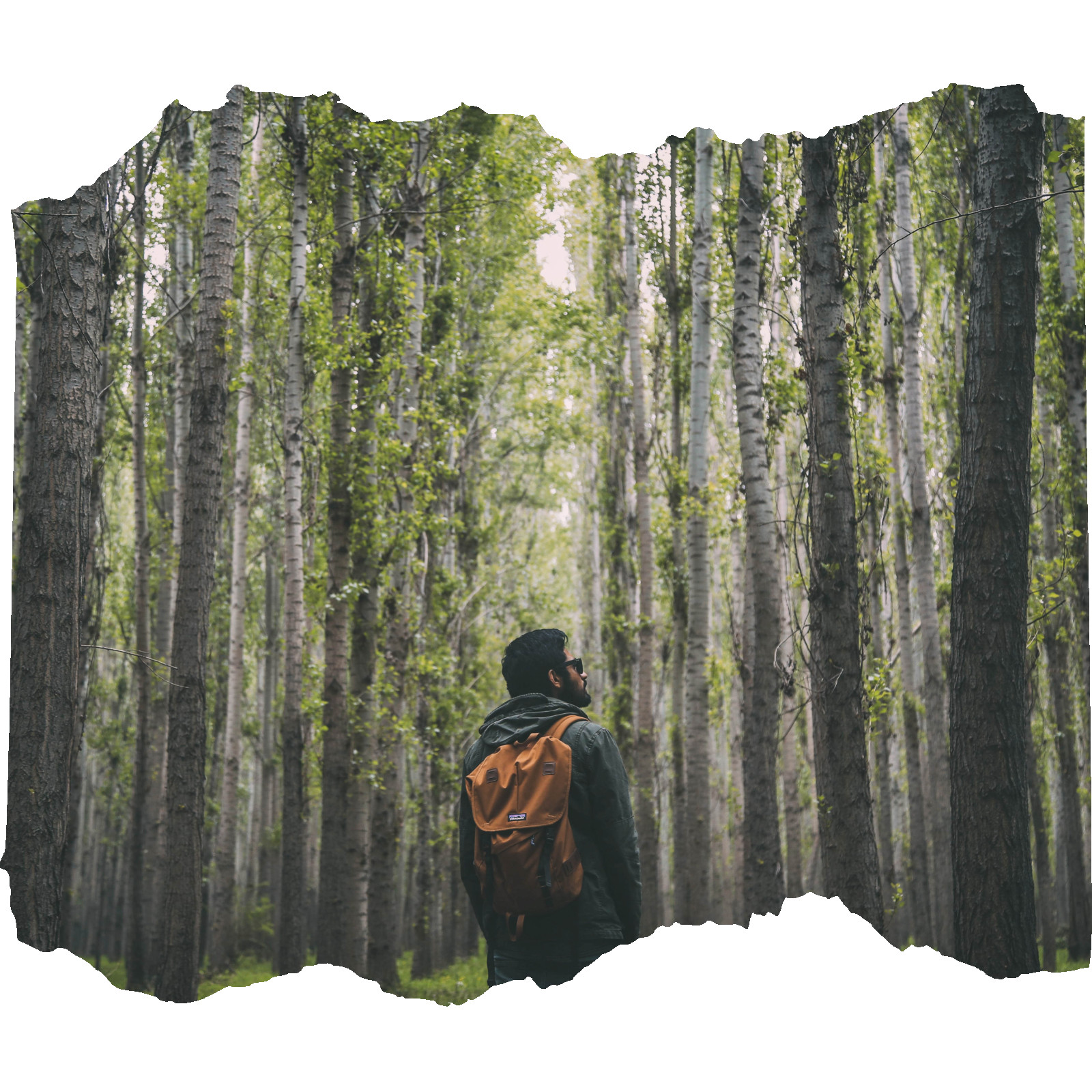
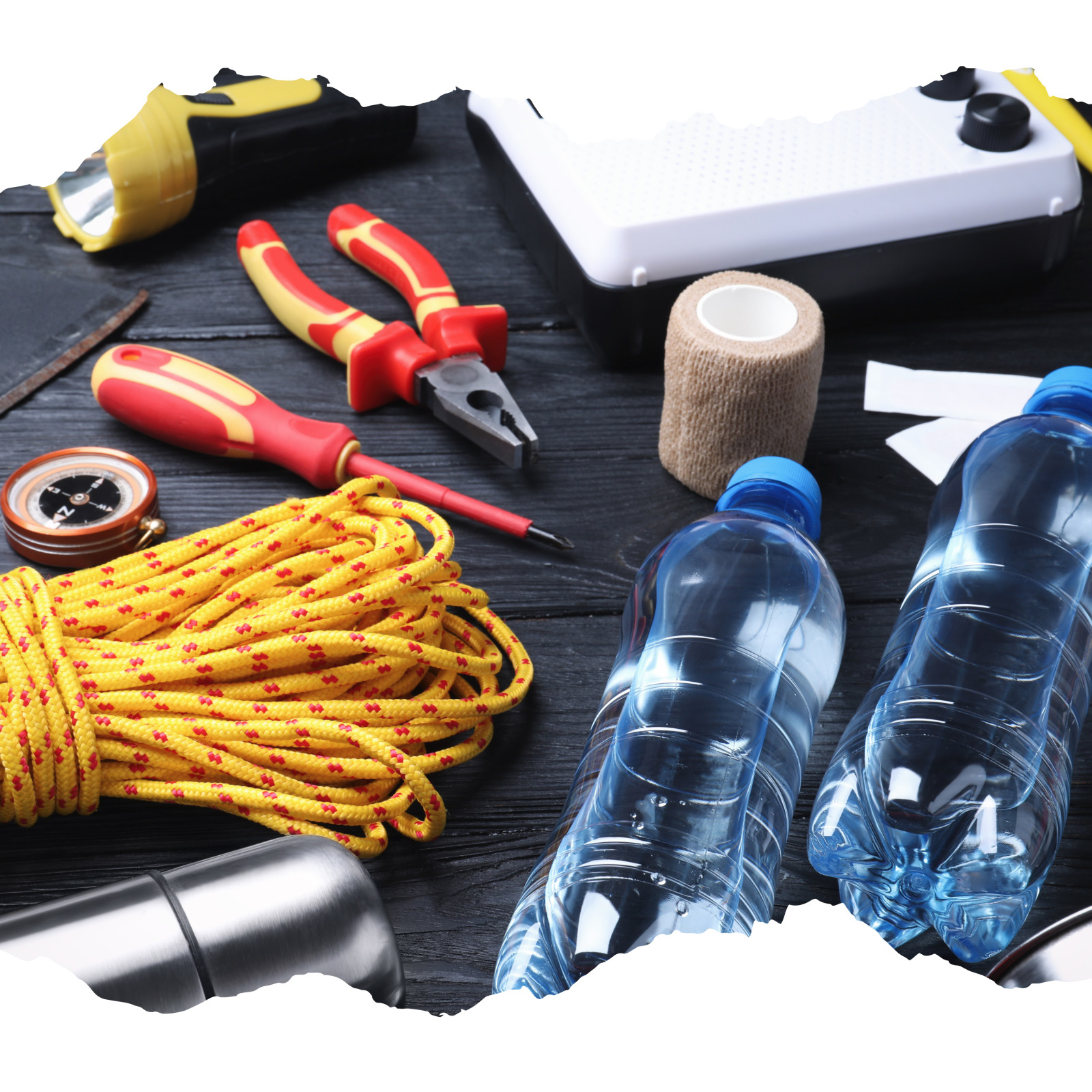
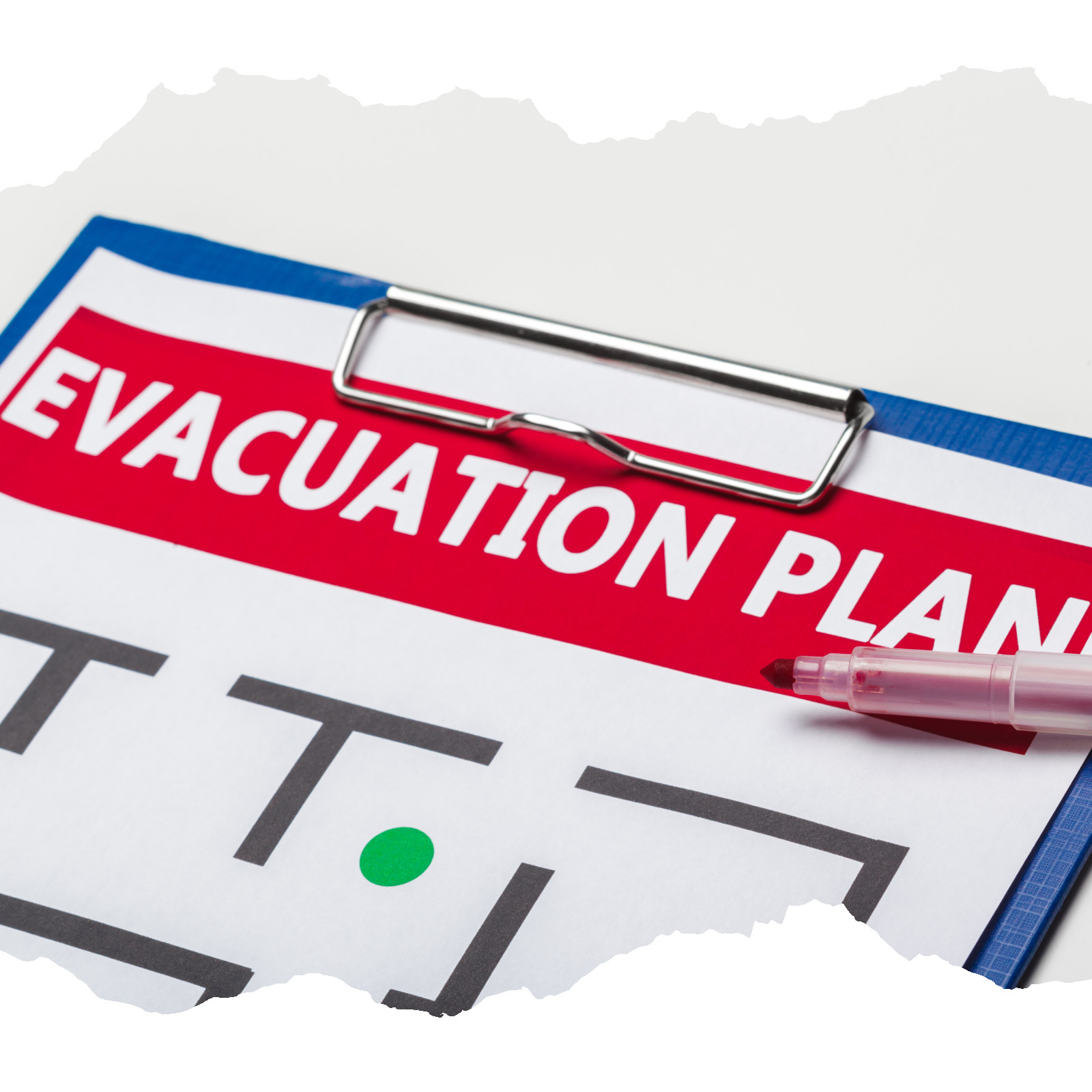
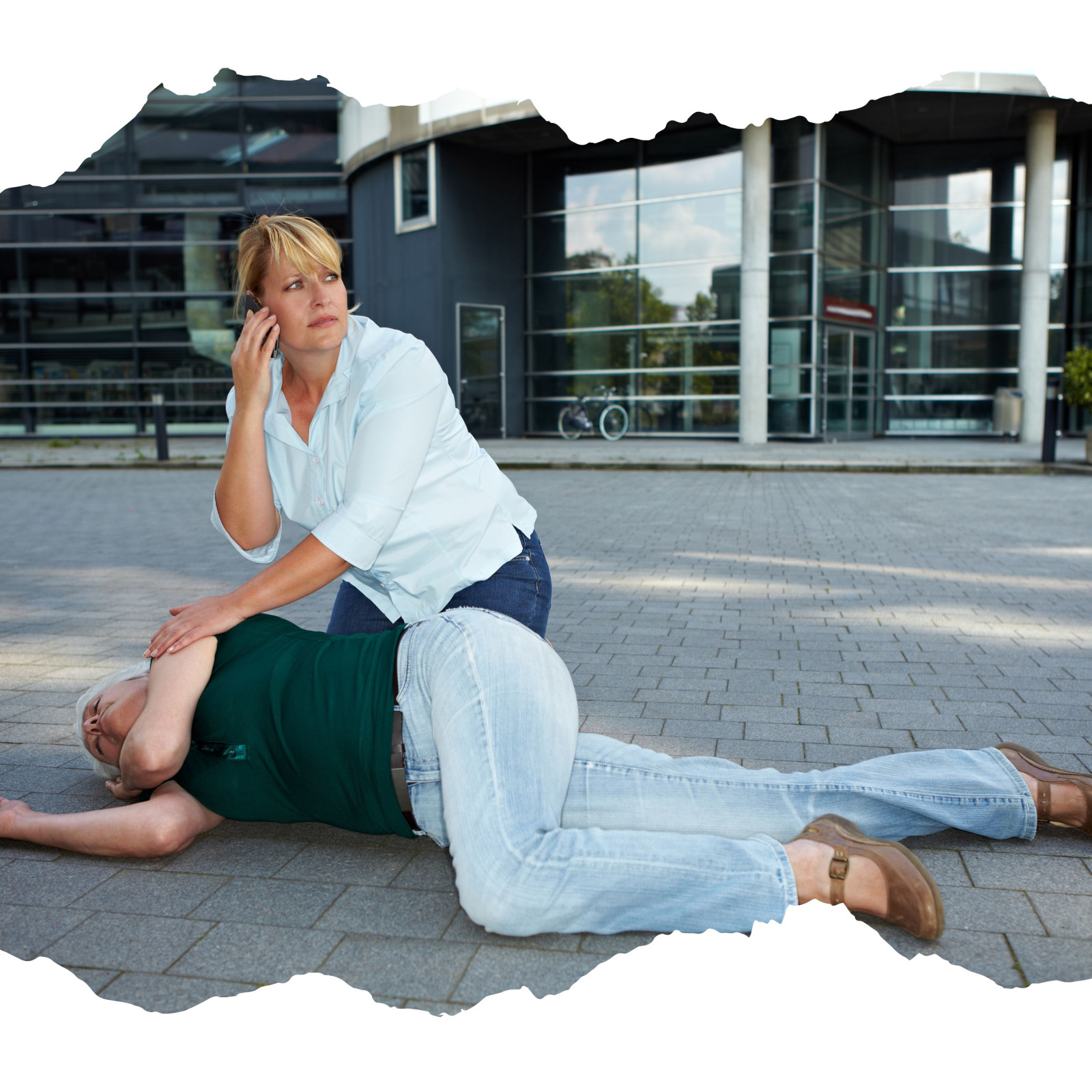

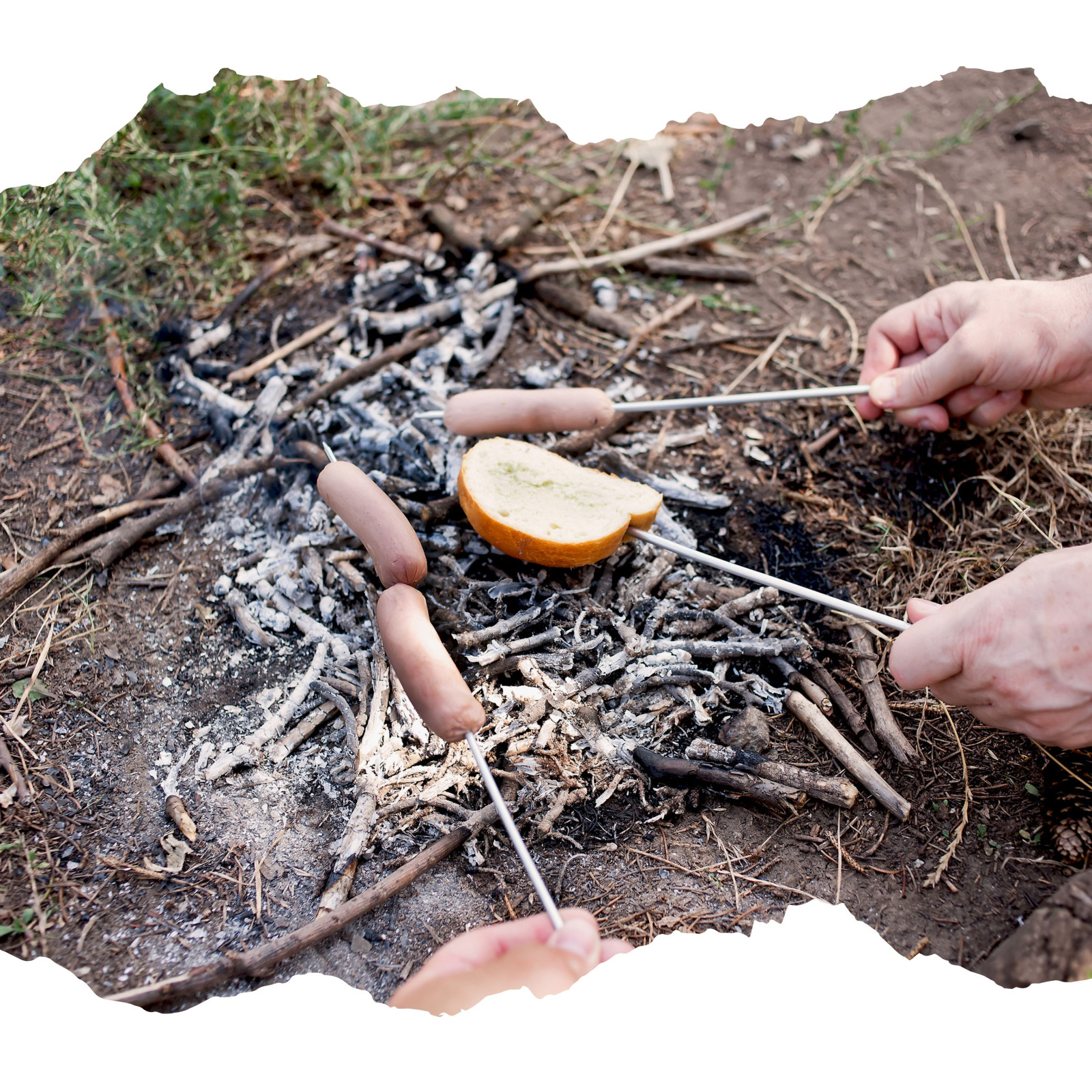


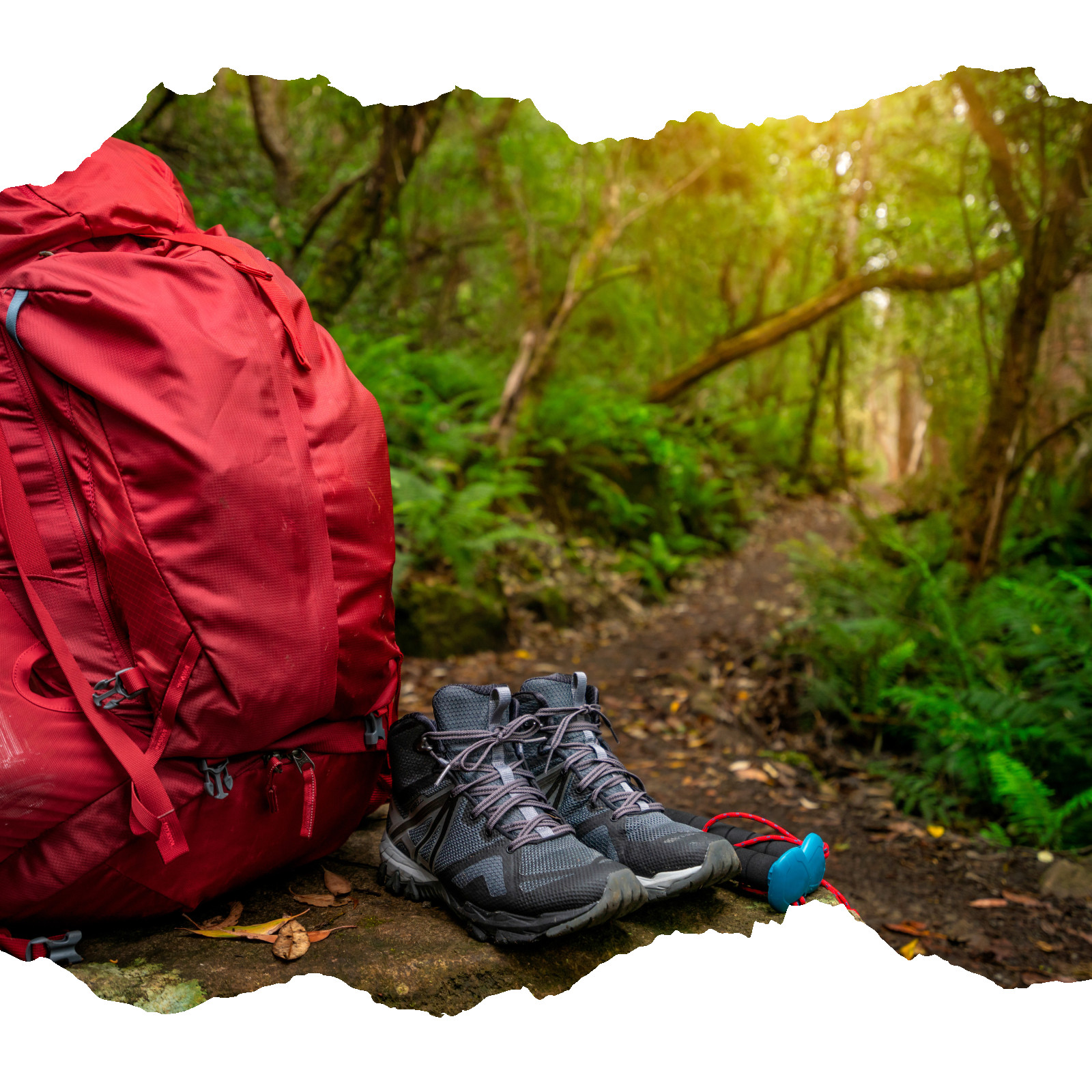



0 Comments